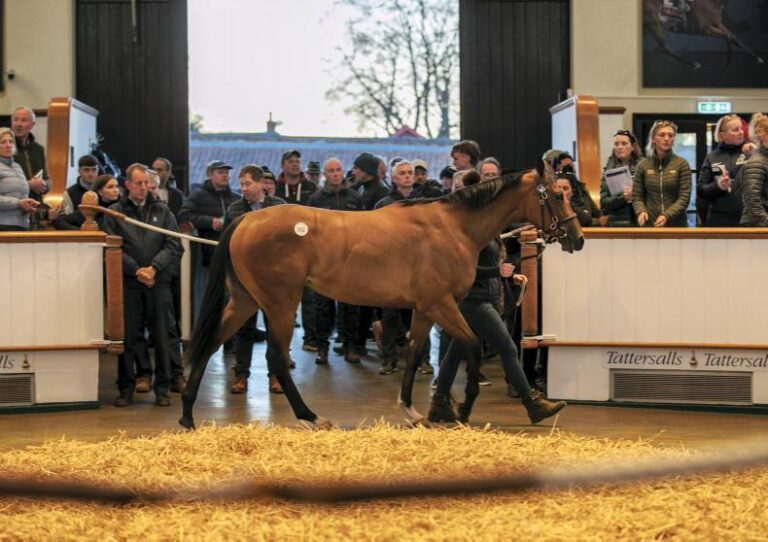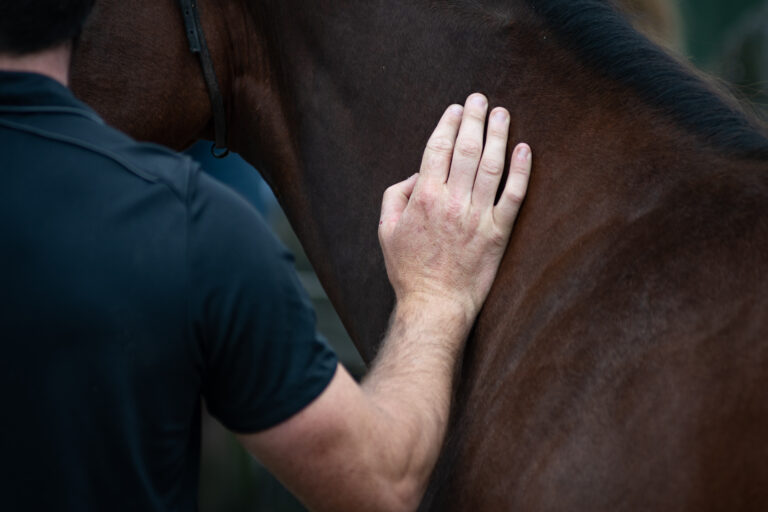Tendon injuries are one of the most common issues faced by racehorses. We have faced them at Syndicates.Racing too. These injuries often occur due to the high levels of physical stress and strain placed on the horse’s legs during training and racing.
Tendon injuries can be caused by:
Symptoms include swelling, heat, and pain in the affected area, as well as lameness.
Diagnosis typically involves a combination of physical examination and ultrasound imaging to assess the extent of the damage.
Treatment options include:
Recovery from tendon injuries can take several months to over a year, depending on the severity of the injury. With proper treatment and rehabilitation, many racehorses can return to racing. Preventative measures, such as appropriate training regimens and regular veterinary check-ups, are essential to minimise the risk of recurrence.

Evaluating a racehorse’s conformation is a critical skill that can significantly impact your success in the racing industry. At Syndicates.Racing, we prioritize this aspect to

At Syndicates.Racing, we understand that the key to a successful racehorse investment starts with a thorough pre-purchase veterinary exam. This crucial step helps us ensure

At Syndicates.Racing, understanding the pedigree of a racehorse is essential to making informed investment decisions. A pedigree page provides valuable insights into a horse’s lineage,

At Syndicates.Racing, we watch the world of horse racing continuously evolving with new technologies and methodologies to enhance the selection and training of racehorses. One

Ensuring the welfare of your racehorse is paramount to their health and performance at Syndicates.Racing. Here are some best practices to follow that you can